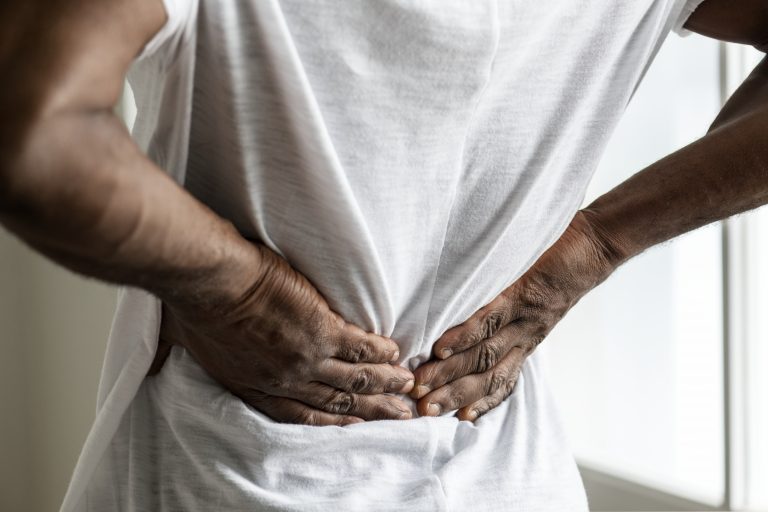What is Canal Stenosis?
Canal stenosis is a type of spinal stenosis, or narrowing, occurring in the central spinal canal. The spinal canal is formed by bony arches that extend off the back of each vertebral body together from a long tunnel running from the base of the skull to the lower back.
While certain birth defects and tumors can lead to canal stenosis, the primary underlying cause of this condition is usually the natural aging process. Over time, parts of the spine naturally wear out, which can lead to conditions that constrict or narrow this already tight passageway in the spine.
Conditions that can Cause Canal Stenosis
Here are four of the most common degenerative spine conditions that cause canal stenosis:
- Bone spurs. Also called osteophytes, these are small growths of bone that can develop in the spine due to increased friction between the vertebrae caused by osteoarthritis or degenerative disc disease. Although not painful alone, they can extend into the spinal canal, causing this conditionand related symptoms.
- Herniated discs. When inner material from a spinal disc pushes out through a crack or tear in the outer layer, it can protrude into the spinal canal, leading to narrowing.
- Bulging discs. Similar to a herniated disc, except the outer layer stays intact, this condition can be a cause.
- Thickened ligaments. The ligaments that help join the vertebrae can become hard and swollen due to age-related factors and strain on the spinal column. This can narrow the central spinal canal, potentially causing painful nerve compression.
Other conditions that can cause canal stenosis include spondylolisthesis, vertebral slippage, and scoliosis.
Treatment Options
The age-related changes that often lead to canal stenosis happen to everyone to some degree, but this condition is not necessarily painful. Symptoms occur when the narrowing is severe enough to pressure the spinal cord or a nerve root. The resulting pain and mobility issues can severely impact everyday activities and chores, leading many patients to seek treatment.
In many cases, patients with canal stenosis symptoms find relief from conservative treatments. This includes physical therapy, anti-inflammatory medication, lifestyle changes, and hot/cold compression therapy. Spine surgery can become an option if conservative treatments fail. If you are in this situation, reach out to the caring team at BEST Health System.
